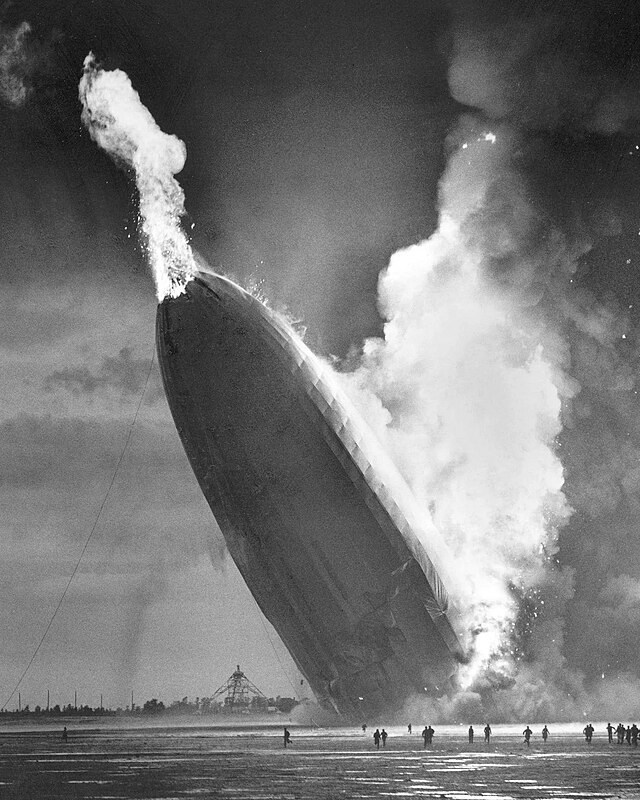Here at the Casa de Balloon Club, we take safety very seriously, and so should you.
Overall Safety Advice
- Learn from experienced balloonists before launching your own balloons.
- Be paranoid and be conservative.
- Stay away from populated areas.
- Read and follow FAA regulations.
- If you feel unsafe, STOP.

Payload Preparation Tips

FAA Tips
- Read the actual regulations — they change constantly, and other resources may be out of date.
- Familiarize yourself with SkyVector and make sure your predicted flight path stays well clear of any airports and restricted areas. One good resource on how to read a sectional is this guide, but it's best to ask for help from a licensed pilot.
- Call up the Lockheed-Martin NOTAM Filing Service (877-487-6867) the day before your launch and ask to file a HIBAL NOTAM. This warns pilots flying in the area to keep an eye out for your balloons. When you call, have your launch date, launch location coordinates, launch time UTC, and flight forecast prepared and organized based on these directions. The agents are extremely friendly and helpful.
Travel Tips
- Travel in groups, never alone.
- Pack plenty of water, food, and a first-aid kit — your activities will be in open rural areas where help may be quite far away.
- Know where the closest emergency medical facility is and the directions on how to reach it. When you need help, you may not have cell service to look it up or call for help.
- Share your travel plans with your friends/family back home so they know when to expect you to check in/be home.
- Wear sunscreen.
Launch Planning Tips
- Pick a launch site that is well clear (>100 yards in all directions) of telephone poles, power lines, buildings, trees, or any other obstructions. Also stay away from airports (even private ones) and highways. If your balloon is under-inflated it may rise slowly while drifting in the wind, and it can catch on anything sticking out of the ground.
- Run launch simulations based on your chosen launch site, and run them again immediately before you launch — make sure that the target landing area is safe and unpopulated.
- Vary launch parameters (ascent rate, descent rate, max altitude) by +- 20% and ensure your target landing area is still safe and unpopulated.
- Launching in high winds is difficult and dangerous. Launching near sunrise is generally a better time for calmer winds.

Balloon Inflation Tips
 |
| Pavement Ends |
Driving Tips
- Rural unpaved roads are full of obstacles, potholes, debris, and other challenges — have the driver concentrate 100% exclusively on what's right in front of them and have a second navigator looking at maps/GPS to figure out where to go.
- Bring a jumpstarter/inflator just in case. AAA takes a while to make it out to random farm roads.
Recovery Tips
- No payload is worth risking your life for. If you are unsure about your safety, STOP. Don't do it.
- Be prepared to never see the payload again — do not put something in there so valuable you will take risks to recover it.
- Beware of rattlesnakes. Seriously.
- Do what the person with the shotgun says. Seriously.
- Respect private property owners and ask for permission whenever practical. If asked to leave, do so immediately and do not return.
- Do not disturb the area, and be respectful and quick about retrieving the payload.
- Bring some bright orange in case your payload lands a recreational hunting area.
- If attempting a water recovery, wear a life vest no matter how good a swimmer you think you are.
- Be careful around riverbanks and marshy area — mud may be much deeper than you think.
- Bring something long to help extend your reach so that you don't have to put yourself in precarious positions to recover a payload.
Helium
You shouldn't inhale helium. It is dangerous — it deprives your body of oxygen and can result in injury or DEATH. Slate has a great Explainer about how helium can affect you.We know people like to hear funny high pitched voices, so if you are going to do it anyway, be smart:
- Never inhale helium from the tank (or any other pressurized source) as it could damage your lungs, killing you instantly. When people from our team choose to inhale helium, they do it by partially filling a practice balloon with excess helium and then inhaling from that balloon.
- Do not take more than one breath of helium at a time. After an inhalation, breath air normally for a few minutes.
- STOP if you feel light headed!
This comment has been removed by a blog administrator.
ReplyDelete